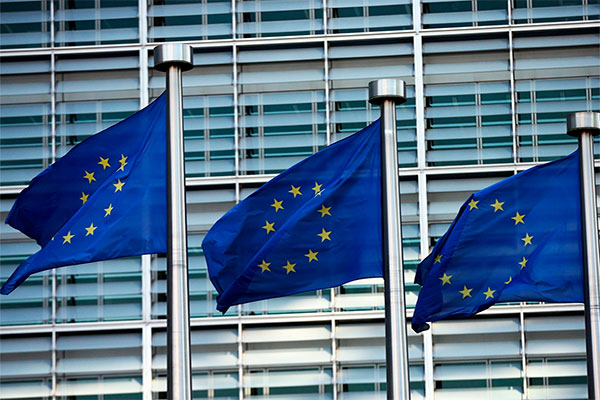
Europe Begins Launch of Digital Entry/Exit Registration System
Europe Begins Launch of Digital Entry/Exit Registration System
Tashkent, Uzbekistan (UzDaily.com) — The European Union has begun implementing a digital Entry/Exit System (EES), marking one of the most significant changes in border control across the Schengen area in decades.
The new system will collect biometric data, verify passports, and register non-EU citizens in a centralized database. This initiative aims to enhance security and streamline migration control, but it requires substantial upgrades to airport infrastructure.
“The introduction of EES is one of the largest operational changes in European airports. Border authorities now need to collect biometrics and register third-country nationals in a unified database. For airports, this means adapting passenger flows so that the new checks do not cause long queues or missed connections, especially during peak hours,” said Andy Smith, Director of Border Systems at SITA.
According to Smith, the gradual rollout of the system will reduce the initial burden, but it will also create some uncertainty since not all European airports will implement EES simultaneously.
“It is important to inform passengers, airlines, and airports in advance about the implementation schedule and encourage the use of mobile applications for pre-registration where available. This helps avoid confusion and ensures a smooth transition,” he added.
Smith emphasized that the project’s success depends heavily on close cooperation between governments, airports, and technology partners. “Our border control system is built on solutions developed in collaboration with over 75 countries worldwide. It connects directly to the EU’s central platform, allowing travelers to register their biometric data quickly via self-service kiosks and electronic gates. This significantly reduces queues and enables border officers to focus on critical inspections.”
He noted that EES is part of a global shift toward biometric border control.
“Early preparation, the use of proven technologies, and effective coordination across the entire travel ecosystem will help EU countries minimize disruptions while enhancing security. Our goal is to support them at every step of the way,” Smith concluded.